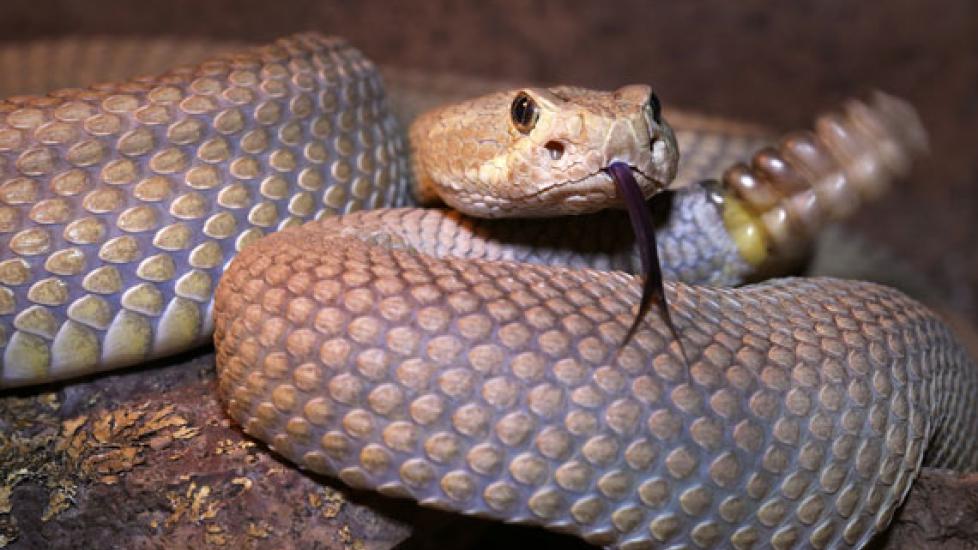Using Rattlesnake Antivenin in Dogs and Cats
I live in rattlesnake country. The foothills of the Rocky Mountains lie just a mile or so from my house, and when my dog and I go for a hike in that area, I’m on high snake alert. We stay on the trails, and my dog can wander only as far as his six foot leash allows. All in all, I rate his risk of being bitten as pretty low.
I’ve elected against giving him the “rattlesnake vaccine,” in part because I know that our local veterinary emergency centers carry rattlesnake antivenin. A study published in 2011 showed that giving antivenin to dogs who had been bitten by rattlesnakes “effectively stabilized or terminated” the effects of the venom.
Researchers had access to 115 client-owned dogs who had been bitten by rattlesnakes and whose symptoms associated with the bite were worsening over time. All dogs received “standard supportive care” and one vial of rattlesnake antivenin either given all at once or divided in half with the second dose given six hours after the first. Each dog’s condition was evaluated using a standardized system and assigned a “severity score.”
The scientists found that after receiving the antivenin “the mean severity score of the 115 patients decreased from 4.19 to 3.29 points” and “the mean severity score of the 107 patients without fatalities decreased from 4.16 to 2.15. It didn’t seem to matter whether the dogs received the entire contents of the vial as one dose or divided into two doses.
Giving antivenin is not an entirely benign treatment. Dogs can have adverse (including allergic) reactions to the injection, but in this study only six percent of the dogs had problems associated with the antivenin.
Unfortunately, the evidence supporting the use of antivenin in cats is somewhat questionable. A 2013 study looked at what happened to “115 envenomed cats treated with antivenom* and 177 envenomed cats treated without antivenom” and found:
There was no mortality rate difference between cats that did (6.67%) or did not (5.08%) receive antivenom. A type I hypersensitivity [allergic] reaction was diagnosed in 26 of 115 (22.6%) cats. The use of premedications did not decrease type I hypersensitivity or improve mortality rate. Cats that had a type I hypersensitivity reaction were 10 times as likely to die as were those that did not have such a reaction.
I feel pretty good that if my dog ever does get bitten by a rattlesnake, prompt treatment including supportive care and an injection of antivenin will probably get him through the crisis. On the other hand, if my cat is bitten, I’ll probably go for supportive care only.
* For our purposes, antivenom and antivenin are the same thing.

Dr. Jennifer Coates
References
A randomized multicenter trial of Crotalidae polyvalent immune F(ab) antivenom for the treatment of rattlesnake envenomation in dogs. Peterson ME, Matz M, Seibold K, Plunkett S, Johnson S, Fitzgerald K. J Vet Emerg Crit Care (San Antonio). 2011 Aug;21(4):335-45.
Multicenter evaluation of the administration of crotalid antivenom in cats: 115 cases (2000-2011). Pashmakova MB, Bishop MA, Black DM, Bernhard C, Johnson SI, Mensack S, Wells RJ, Barr JW. J Am Vet Med Assoc. 2013 Aug 15;243(4):520-5.
Image: Ryan M. Bolton / Shutterstock
